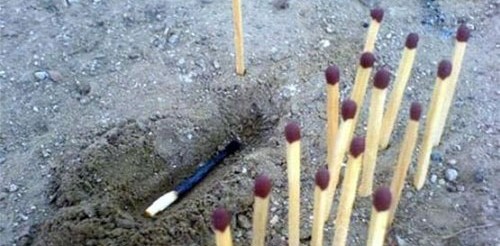Nick Veasey isn’t a traditional photographer. In the same vein as microscopist Alan Jaras who uses a scanning electron microsope to create a story about exploration, Veasey also makes uses of medical equipment to produce some unconventional art.
Veasey left the world of standard photography behind when he was asked to X-ray a cola can for a television show. Since then he has created X-ray photographs of everyday objects from mp3 players, toys, and clothes to all manner of plant life and animals. His experimentation has led to view the innards of larger subjects like motor vehicles, an office building, and even to capture the anatomy of a Boeing 777!
Veasey uses industrial x-ray machines and in the case of the airplane, 500 individual films were processed and then joined together on the computer to create the composite shot. For his “human” subjects, he has the option of using skeletons in rubber suits or cadavers. He reportedly has eight hours in which to pose and photograph the cadaver before rigor mortis sets in. I don’t know about you, but I find that a little macabre. In any case, the results are amazing to see. This is what he has to say about his art:
My work is real. X-Ray is an honest process. It shows things for what they are, what they are made of. I love that. It balances all that glossy, superficial bollocks. I’m real and straightforward. And so is my work.
Have a look at some of this most fascinating x-ray photographs after the jump.






